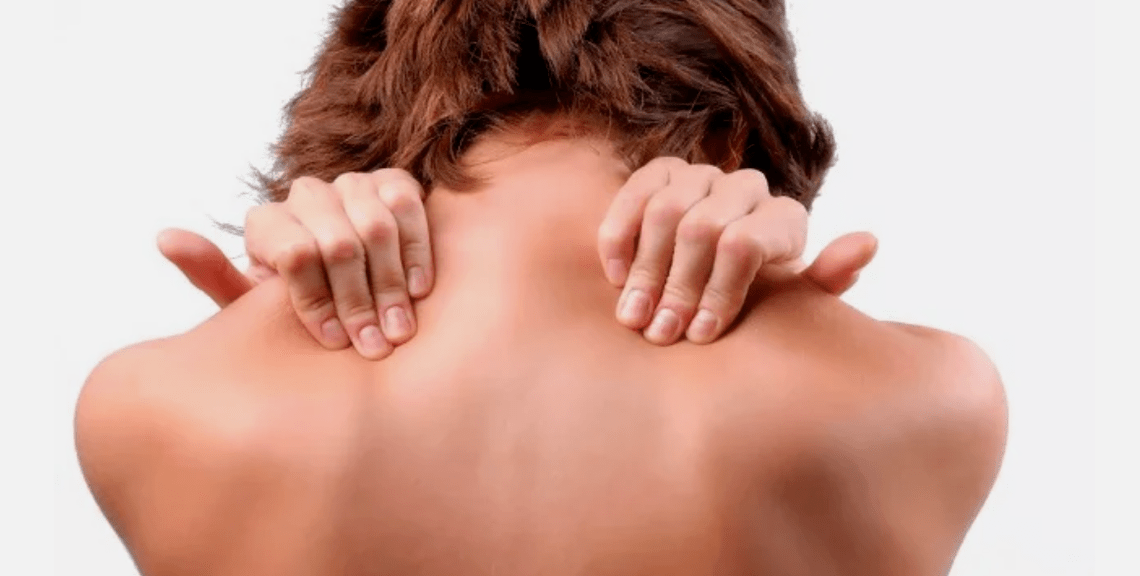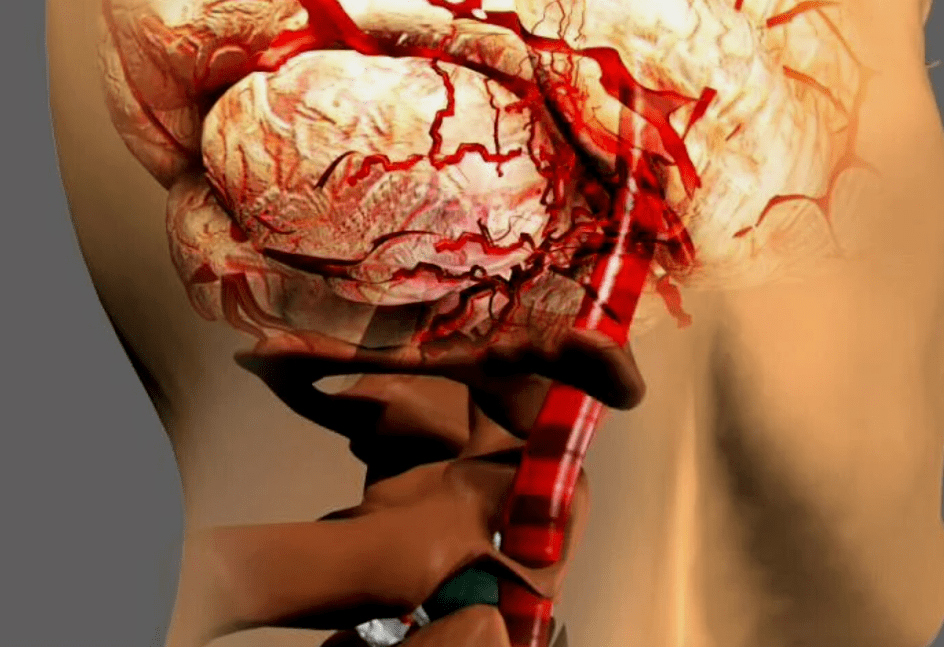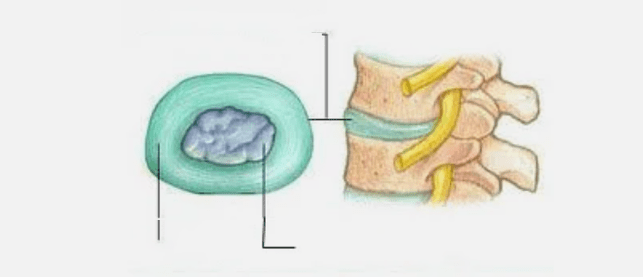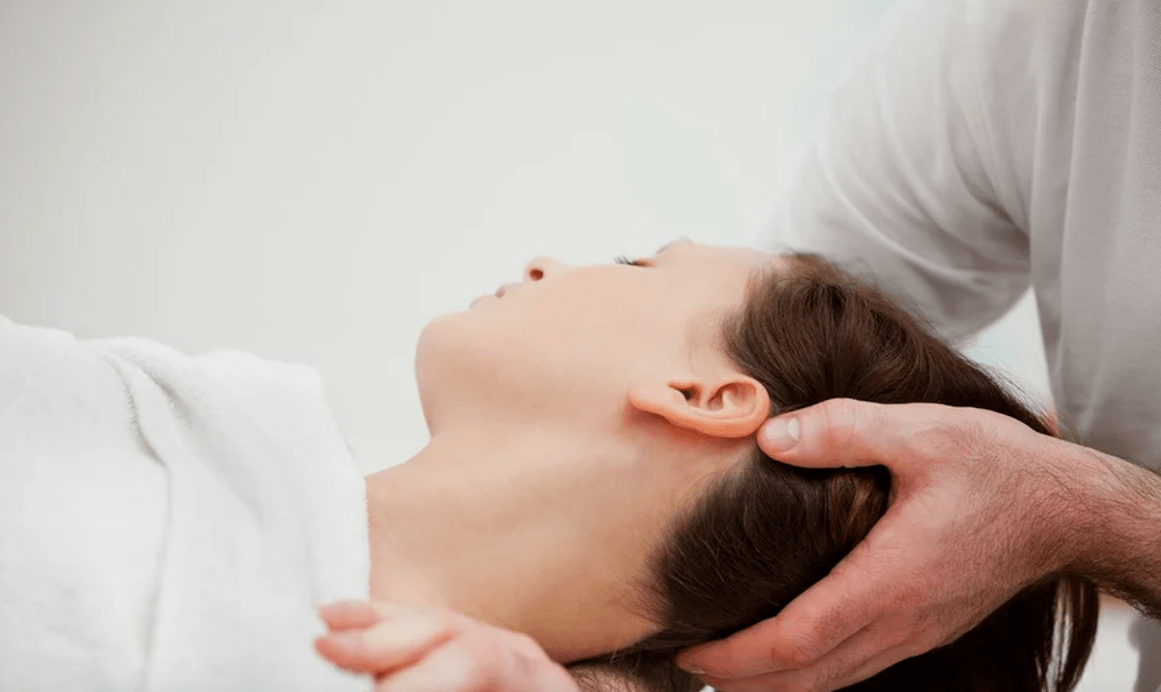
Cervical osteocartilage degeneration is a disease in which the pulp between the vertebrae acts as shock absorbers and becomes ossified fabrics.
Aches on the neck?Dizziness?Closing?Cervical shooting?"It's really osteochondrosis..." - You think, a request was made on the Internet.No panic!Osteochondrosis in the cervical vertebra is not a sentence, it can be prevented, slowed down or even cured.how?Let's figure it out.
introduce
Unfortunately, cervical bone chondropathy is a quiet and sinister disease.You may not doubt its existence until at some point you will feel muscle cramps and pain in your neck.Usually, dizziness and numbness in the limbs will increase.
This seemingly unrelated phenomenon is responsible for the complex nature of osteochondrosis.
What is osteocartilage: General...
Osteocartilage degeneration is a disease of the spine, in which the intervertebral disc is damaged, showing the effect of shock absorbers.They squeeze and disconnect, giving people spinal elasticity and elasticity while allowing the body to maintain balance during movement.This balance disappears due to their partial or total destruction, which inevitably affects a person's sports activities.The reason for this change is usually the physical wear and deformation of the disk, or, more simply, its "aging".Meanwhile, the rest of our body can serve us faithfully for years.
Osteocartilage is usually considered an age disease.However, in recent years, the disease has been significantly "young": in the risk zone, there are 25 years of age or even younger.All the fault is the long-term sitting lifestyle, malnutrition and uneven physical exercise.Furthermore, statistics show that women get sick more frequently than osteochondrosis.First, this is due to anatomical characteristics and emotional background.However, this disease is even more difficult in men.
...Private - Neck bone and cartilage disease
Osteochondrosis in the cervical vertebra is the most common.The truth is that most blood vessels and nerve ends are concentrated on the neck, and here the vertebrae is much smaller (about half as compared to the waist section), and the muscle corset is smaller.
Coupled with the high mobility and proximity of the spinal cord, our body’s neck needs to increase attention.
Why is cervical osteochondrosis dangerous?

Alas, the danger of cervical osteochondrosis is anatomically reasonable - the vertebral artery passes through the cervical vertebrae area, which saturates the important brain center to the posterior part of the brain.Essentially, any malfunction and behavior that invades the blood supply can be irreversible, from the pathological curvature of the spine (the spine of the neck) to complete inability to motility, stroke or even death.
Fortunately, it is almost impossible not to notice the symptoms of an imminent disaster: coordination problems, intense deterioration of vision and hearing, frequent dizziness and loss of consciousness...
If you add regular cervical pain, you will notice these signs of yourself, please consult your doctor right away!
Diagnosis and symptoms of cervical spinal osteochondrosis
Osteochondrosis is a serious disease with only one qualified expert, vertebral body expert, who specializes in solving problems that can be diagnosed by the spine, orthopedic or neurologist.
The most accurate methods for diagnosing cervical osteochondria: X-rays, computed tomography (CT) and magnetic nuclear resonance (MRI), which not only allow symptoms of cervical osteochondria, but also other casual changes in the body.
When many of the following symptoms appear, seek professional advice from your doctor immediately.
- The neck and neck and back are dull, sore, severe pain
- Cervical tightening when turning
- Dizzy, the "veil" in front of me, faint
- Headache
- Nausea, vomiting
- Numbness of limbs
- Noise in the ears, visual impairment
- Normal muscle weakness
Pain in osteochondrosis is usually painful, with headaches, and numbness in the arms and legs.First, this is caused by the pinching of the nerve ends and the increase in intracranial pressure.
The nature of osteochondrosis

Like any disease, osteochondrosis in the spine also has multiple developmental stages.
To better understand the processes that occur in vivo, we recommend first understanding the structure of the disk itself and then analyzing which changes are characterized by each stage of osteochondrosis.
The vertebrae itself consists of several parts: denying the jacket core (inside), the annulus (shell), and the clear cartilage that separates the disk from the vertebrae and performs power functions.
The pulp is rich in water and is responsible for depreciation, adapting to the center of gravity, squeezing and moving like a mercury ball.Instead, the fiber ring surrounding it has a solid structure, consisting of interwoven fibers.Since the main task of the fibre ring is to protect the core from damage, it "strikes" itself under high loads.
Stages of osteochondrosis
Traditionally, four stages of osteochondrosis have been distinguished.
Level 1 - Preclinical stage cervical osteochondral disease
This is the early stages of the disease, when the disk's SO was called "drying": its height and elasticity are reduced.
At the same time, there are no structural changes - however, symptoms and corresponding complaints.You may not feel uncomfortable; the only "omenon" may be the stiffness of the morning and the salt deposits on your neck.Although, you can see that in our lifestyle, these feelings are the norm.
Secondary cervical vertebrae - the beginning of structural changes
Here, the irreversible change begins with the pulp pulposus - necrosis and damage caused by violation of metabolic processes - simultaneously with the formation of cracks in the fibrous annulus.
The body begins to send SOS signals in the form of severe neck pain, reducing endurance and rapid fatigue.
Level 3 Cervical Cartilage - Progressive Disco
The tightness of the fibrous annulus is disturbed, so the pulp pulposus "protrude" it into the spinal canal through the cracks formed.
If no complete shell rupture occurs, the disc can still recover.This process is called protrusion of the spine and is successfully treated on an outpatient basis.At the same time, you will feel persistent pain in your neck and all your back, progressing during loading and maintaining an uncomfortable position.
In the case of complete destruction of the fibrous annulus, add coordination, dizziness and nausea to the pain.There is a risk of disability.It is necessary to seek medical help quickly!
The fourth regeneration of cervical osteochondral disease
Due to the irreversible process between the vertebrae, growth (bone plants) is formed to prevent joint mobility.The pulp pulposus is replaced by scar tissue, and the nerve ends are injured and can only be cured by surgery.
Paradoxically, as far as the wellbore is concerned, you will feel a noticeable improvement - the spine gains the ability to take the load again.However, pain and limited exercise will only intensify afterwards.
Causes of osteochondrosis

Alas, when it comes to the causes of difficult diseases such as osteochondrosis, you must keep in mind many factors: from external conditions to physiological tendencies.
How to know you are at risk?Spiritually placed a symbol opposite each point that suits you and your lifestyle.
- Have you had a spinal injury?
- Are you having too much weight (obesity level)?
- Under bad habits (smoking, drinking), exploring routine stress?
- Do you suffer from chronic infectious diseases, metabolic diseases?
- Is your work related to hard physical labor?
- Have you been diagnosed with posture and/or flat feet?
- Have you experienced regular burdens on your spine?
If you answered at least one question in affirmative, las, then you are at risk.This is bad news.But there are also good things: the beginning of timely diagnosis and proper prevention can be prevented, cured, and even prevent osteochondrosis in the cervical spine.
How to prevent osteochondrosis
We recommend taking many precautions and “leading” through the Osteochondrosis observation game of the cervical spine.
Step 1.get up!
Do you live a sedentary lifestyle?Working in sedentary work, staying on the computer for many hours, irregular and malnutrition, lack of sleep, stress... familiar?
All of this leads to a “stagnation” process in the body and causes the initial stages of osteocartilage degeneration.
To avoid the development of the disease, you can reasonably approach daily work, take regular breaks (five minutes per hour), and take care of your health more.Trust me, you will say "thank you" yourself soon!
Take the rules: remind (or in the "ignoring" case - alarm clock) so you don't miss the moments of excitement in your work…when you just have to get up and start.
Step 2.Take care of your own convenience!
For convenience, we mean the physical signal given by the body.Listen, take good care of yourself!
First, avoid excessive and unreasonable loads.If you are a regular at the gym, please weight, don't miss out on warm efforts and follow the regularity of your training.
Secondly, give up uncomfortable shoes.We won't ruthlessly urge to get rid of your favorite output shoes or boots - keep them on special occasions.Importantly, these "special situations" won't become your living norm in 24/7 mode.Choose shoes with comfort blocks “every day”, which will not cause discomfort and will not affect posture and gait.
Third, don’t save furniture and sleep accessories.If the office chair is absolutely not for you, please agree to the comfort of changing or taking care of yourself.This time investment can then save you from serious regular expenses.
Use only anatomically correct furniture to reduce the load on the spine.For the home, choose a bed with a hard mattress and comfortable pillows that fit density and height.Anatomy or ordinary - you decide, because it depends largely on the characteristics of the body.
Step 3.Don't forget to prevent it!
Warning - means armed, isn't it?
If you feel periodic fatigue and pain in the neck and back, or instead, we want to avoid them, we recommend that you perform a simple set of exercises, especially effective in the initial (preclinical) stage of osteochondrosis.
Gymnastics for cervical osteochondrosis

You can perform osteochondral disease directly at home and at work.
- Sitting evenly, straighten your back, relax your hands, and lower it along your body.Alternately turn the head left and right, about 90 degrees (or how much the joint allows).Move smoothly and avoid sudden movement.
Repeat 8 times for the first time, and gradually increase the number of rounds to each direction in the future. - In the same position, tilt your head forward, press your chin to your chest, and then backward, facing the back of your head towards the back of your neck.It also starts with 8 repetitions and increases to 15 times.
- Next, go to your shoulders.First, lift both shoulders (toward the ears), hold for a few seconds, and lower it.So 8 repetitions.
Then alternately move your shoulders: move upward, downward, move - 8 repetitions. - Place your palm on your forehead and press with your head that is leaning forward at the same time.Pause for 10 seconds - 8 consecutive times.
After the complex is over, make sure to massage the neck to reduce voltage.
attention!If you feel severe discomfort during exercise, consult an expert and be careful about the load of the dose!
Neck osteochondrosis: Treatment
The treatment of cervical osteocartilage degeneration can be narrowly focused or complex while combining several components together.
physiotherapy

Physical therapy for cervical osteochondrosis is a method that directly affects the local focus of inflammation.The therapeutic effect can be achieved due to improvements in blood circulation and metabolic processes.The pain in the neck stops and the severity of the symptoms decreases.
Physical therapy for cervical osteochondrosis is available in many options: electrotherapy, exposure to magnets, lasers, water and mud surgery, electrophoresis, acupuncture, and moderate heating in the inflamed area.
Before registering for the procedure, carefully study the contraindications and consult your doctor.
massage
In cervical bone cartilage, massage in collar area is helpful.You can register for a meeting with a masseur or use a professional vibrating massager to massage yourself.
Medicines and diet
The most commonly used in drug osteocartilage are anti-inflammatory drugs, painkillers, anti-convulsants, antioxidants, and drugs designed to improve blood circulation and metabolic processes.The spectrum of the drug includes tablets, face creams, ointments, and intramuscular injection solutions.
Remember, only doctors have the ability to choose medical drugs!
A balanced diet will help improve the effectiveness of the medication and improve the overall tone of the body.Limit the consumption of fat, spicy, smoked food, and salt.Prioritize vegetables and fruits, properly cooked meat, fish and dairy products.Add nuts and honey to your diet.And drink more liquid.
Even if osteochondrosis does not threaten you, a balanced diet can have a positive impact on your general health and condition.You will see that in a few weeks you will notice amazing changes!Checked your own experience!






















